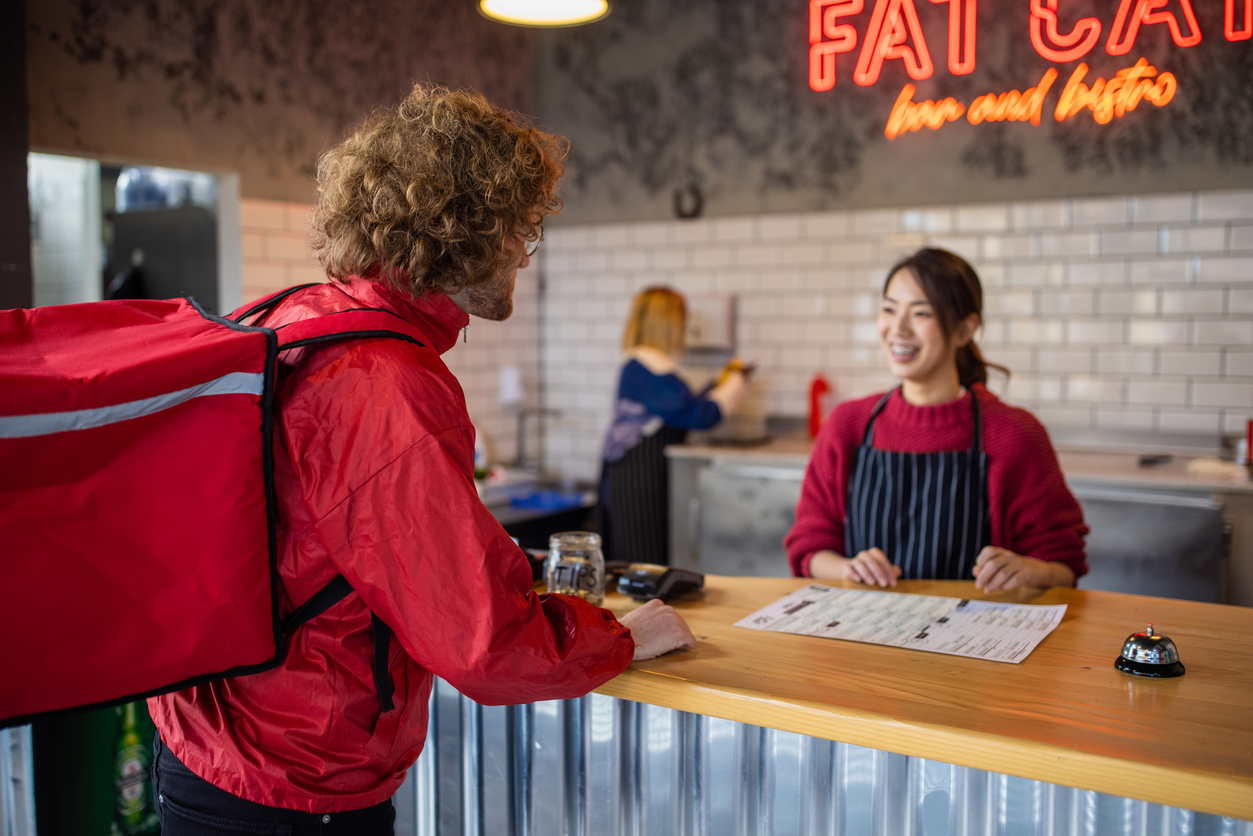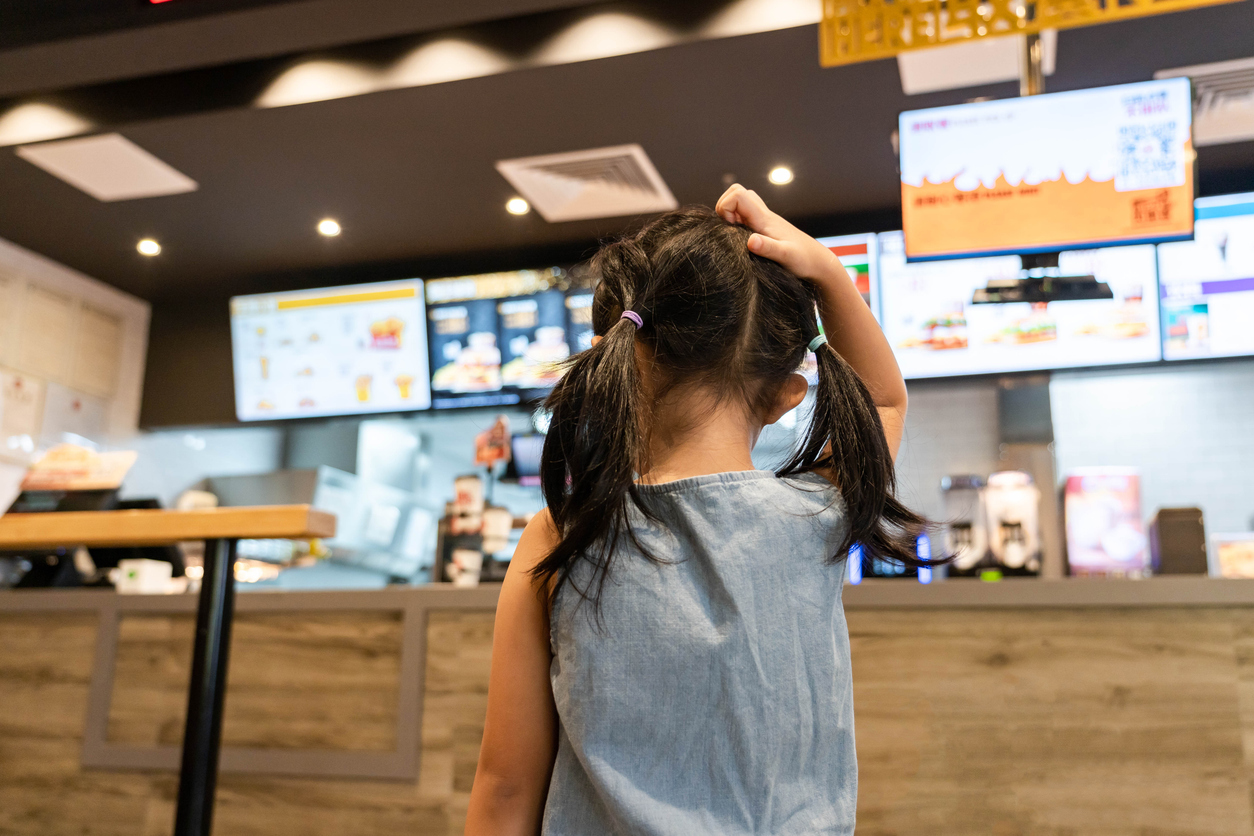What Is Food Menu Photography?
Food menu photography is the art of taking high-quality photos of food for menus and other marketing materials. Menu imagery is crucial for restaurants and can greatly influence the perceptions of potential customers. Having appealing food photos can make all the difference in attracting new customers and retaining existing ones.
Why Is Food Photography Important For Restaurants?
Food photography has become increasingly important, with more and more people going online to browse menus before making dining decisions.
First impressions are crucial when it comes to attracting customers, and food photography allows you to create that initial impact. It gives potential customers a glimpse into your restaurant's offerings, enticing them to visit or order from your establishment.
Impactful food photography can also help build your brand image and elevate the perception of your restaurant. By showcasing beautifully plated dishes, you can convey a sense of elegance and sophistication, making your restaurant stand out from others in the crowded food industry.
Tips On How To Take Better Photos For Your Restaurants Menu
For online menu listings, customers often base their dining decisions on photos they see on a restaurant's website or third-party platforms. This means that your food photography can directly impact your sales.
Here are some tips for taking better photos of food for your restaurant's online menu:
Use Natural Light
Use natural light whenever possible to capture the true colors and textures of your dishes. Artificial lighting can often make food look dull or unappetizing. Try photographing near a window or outside during the day for the best lighting. Avoid using the flash on your camera or phone.
Counter Shadows
Avoid harsh shadows by using reflectors or diffusers to soften the light. You can also try positioning your dishes at an angle to avoid any direct overhead lighting that may create unflattering shadows. Use shadow play to your advantage by adding depth and dimension to your photos.
Consider Composition
Think about how you want to present your dishes in the photo. Do you want a close-up of a specific dish or a larger shot showcasing multiple items? Experiment with different angles and compositions to find the most visually appealing option. Remember, less is often more when it comes to food photography.
Adjust The Proper Light Balance
Adjust multiple light sources to achieve the perfect balance for your photo. Natural light is often the best option, but if you're using artificial lighting, make sure to adjust the white balance accordingly. You can also play with different colored lights or gels for a unique effect.
Angles To Highlight The Best Features
Use more ideal camera angles to highlight visually appealing parts of your dish. For example, if you have a dish with layers, try shooting from above to showcase the different layers. If you're photographing a tall drink, consider shooting at an angle to capture its height and texture.
Enhance Colors And Contrast
Make your food pop by adjusting the colors and contrast in your photo. Use photo editing software or an app to make subtle changes, such as increasing saturation or adding a slight vignette. This can help draw the viewer's eye to the subject of your photo.
Play With Props And Styling
Don't be afraid to add props and styling elements to enhance your food photography. These can include utensils, napkins, flowers, or crumbs strategically placed around the dish. Just remember to keep it simple and not overcrowd the frame.
Remove Imperfections And Blemishes
Use photo editing software to remove any imperfections or blemishes from your food photos. This can include crumbs, spills, or even scratches on plates. Remember to keep it natural and not go overboard with editing. You want your food to look appetizing but not unrealistic.
Balance Realism With Aesthetics
The key to stunning food photography is finding the balance between realism and aesthetics. While you want your food to look delicious, it should also look authentic and not overly staged. Play around with different angles, lighting, and compositions to find the perfect balance.
Take Multiple Shots
Capture your food from different angles and perspectives. This will give you a variety of options when selecting the best shot. Don't be afraid to get creative and try out unique angles or close-up shots to highlight certain details. This will also add visual interest to your photos.
Keep It Simple
Sometimes, less is more when it comes to food photography. A cluttered background or too many props can take away from the main focus: the food. Instead, opt for a clean and simple background that complements the dish. This will allow the food to stand out and be the star of the photo.
Take Control Of Your Menu Management With Checkmate
Presenting stunning images on your menu can significantly impact your restaurant's appeal. This is where Checkmate comes in, streamlining the process of updating everything from captivating photos to detailed menu items, modifiers, availability, prep times, and more directly in your POS system. Ensure that your imagery is perfectly matched with menu information, creating a seamless browsing experience. Embrace the power of great photography and robust menu management with us to truly elevate your restaurant's online presence.





